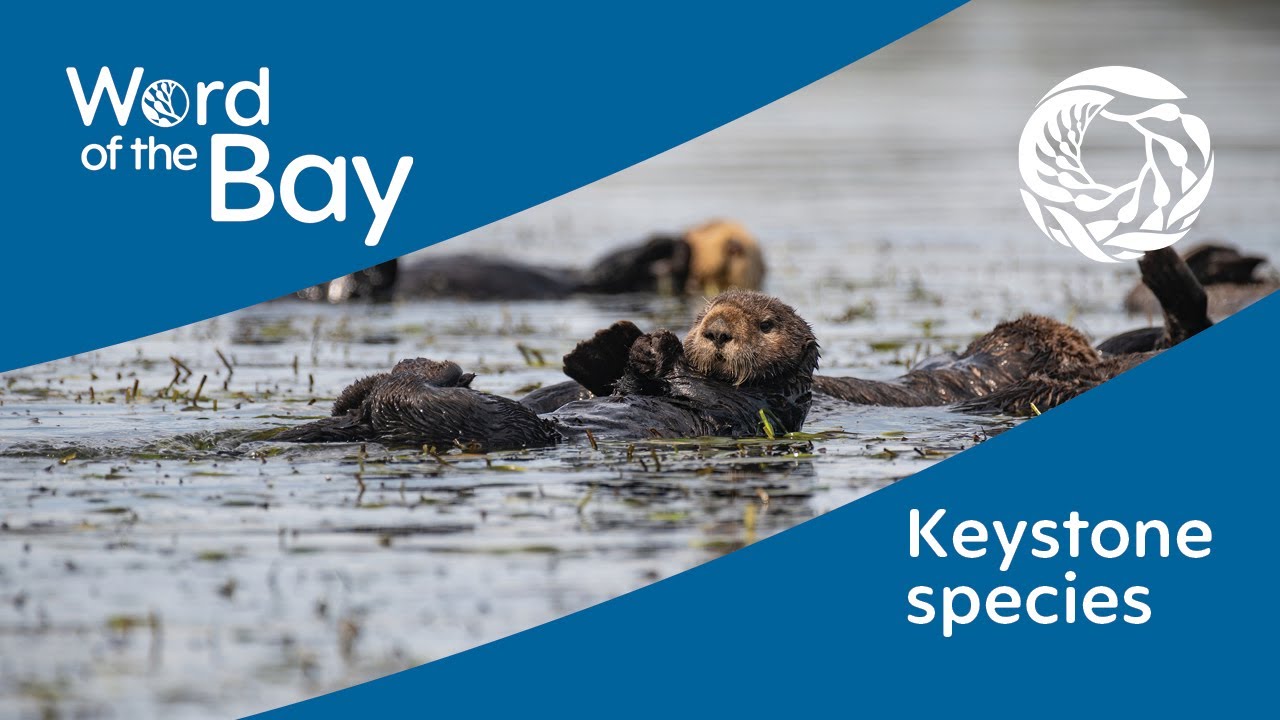- The significance of sea otters as keystone species and their role in marine ecosystems.
- The dietary preferences and substantial appetite of sea otters and how this impacts their environment.
- Conservation efforts, challenges, and strategies for protecting sea otter populations.
- The interconnected relationship between sea otters, sea urchins, and kelp forests.
- Implications of sea otter conservation on biodiversity and marine health.
Sea otters are fascinating creatures that play a pivotal role in their ecosystems, earning them the title of a keystone species. A keystone species is one whose presence and role within an ecosystem have a disproportionate effect on other organisms. Their influence is so significant that their removal can lead to dramatic changes and often a collapse in the ecological community structure. In the coastal ecosystems of the North Pacific Ocean, sea otters have this profound impact, and their well-being is integral to the maintenance of marine biodiversity.
The sea otter’s relationship with its environment is a sophisticated balance, profoundly affecting the communities in which they live. By consuming sea urchins and other invertebrates, sea otters regulate the population of these species, which in turn helps to maintain healthy kelp forests. Kelp forests are crucial habitats in marine ecosystems. They provide food and shelter for a variety of marine species and act as important carbon sinks, absorbing CO2 from the atmosphere. Supporting the biodiversity and resilience of these ecosystems, sea otters inadvertently protect a wide array of marine life.
Sea otters are well-known for their voracious appetites. They consume up to 25% of their body weight in food every day. This substantial intake is critical to their survival in the cold waters where they reside. Their diet mainly consists of invertebrates such as sea urchins, crabs, and mollusks. The heavy predation on sea urchins helps control their population, which if left unchecked, can lead to the overgrazing of kelp forests. Without sea otters, sea urchins can proliferate to levels that decimate kelp bed ecosystems, leading to barren underwater areas known as urchin barrens. Therefore, the feeding habits of sea otters indirectly preserve the kelp forest habitats, underscoring their keystone status.
Despite their ecological importance, sea otters face numerous challenges. Historically, they were hunted to near extinction, primarily for their dense fur, which is the thickest in the animal kingdom and serves as their primary means of insulation in cold waters. Today, while hunting has ceased, sea otters are still vulnerable due to habitat loss, environmental pollution, and climate change. Diseases, oil spills, and entanglement in fishing gear continue to pose significant threats to their populations.
Conservation efforts for sea otters are vital and ongoing. Protecting their habitats through the establishment of marine protected areas helps safeguard the environmental conditions essential for their survival. Legislation that regulates pollutants and promotes cleaner waterways is crucial. Rehabilitation programs for injured or sick sea otters assist in maintaining population numbers, as do initiatives focused on public education and research into sea otter ecology and health.
The intricate relationship between sea otters, sea urchins, and kelp forests illustrates the interconnectedness of marine ecosystems. Sea otters keep urchin populations in check, which allows kelp forests to flourish. In turn, these forests provide a rich habitat and food source for a multitude of marine organisms. This dynamic demonstrates the importance of maintaining ecological balance and the role of predators in ecosystem management.
The conservation of sea otters has broader implications for the health of marine environments. Their presence supports higher biodiversity levels and contributes to the resilience of marine ecosystems against external stresses, such as climate change. The preservation of sea otter populations ensures that these ecosystems continue to perform essential services, such as carbon sequestration and supporting fisheries, which have economic and environmental benefits.
In addressing the challenges to sea otter conservation, interdisciplinary approaches that integrate scientific research, community involvement, and policy-making are necessary. Collaborative efforts across different sectors can help overcome the complexities involved in wildlife conservation. From improving our understanding of their ecological roles to implementing effective conservation strategies, the goal is to create sustainable environments where sea otters and other marine species can thrive.
This comprehensive approach ensures not only the survival of sea otters as a species but also the overall health and productivity of the ecosystems they sustain.
*****
Source Description
Sea otters have a superpower — an insatiable appetite! 🦦 These adorable yet ravenous creatures play a massive role in keeping kelp forests healthy by feasting on sea urchins and other grazers that threaten the kelp.
In this episode of Word of the Bay, we dive into how these fluffy foodies are true keystone species, balancing ecosystems one bite at a time. Tune in to discover why their endless appetite is key to ocean health—and why we owe them a big round of appaws!
00:00 Intro
0:46 Sea otters are keystone species
1:16 Sea otter diet
1:54 Sea otters use tools
2:20 Sea otters have pockets
2:37 Rebuilding wild sea otter populations
____
Whale hello there! We hope you liked this video. Subscribe to our channel for more from the Monterey Bay and our mission to inspire conservation of the ocean:
https://www.youtube.com/subscription_center?add_user=montereybayaquarium
We’re on Facebook: https://www.facebook.com/montereybayaquarium
And Instagram! https://www.instagram.com/montereybayaquarium
And Tumblr! https://www.tumblr.com/blog/montereybayaquarium
And Twitch! https://www.twitch.tv/montereyaq
And TikTok! https://www.tiktok.com/@montereyaq
And Discord! https://discord.gg/montereybayaquarium
And subscribe to our emails here: https://montereybayaquarium.org/subscribe


